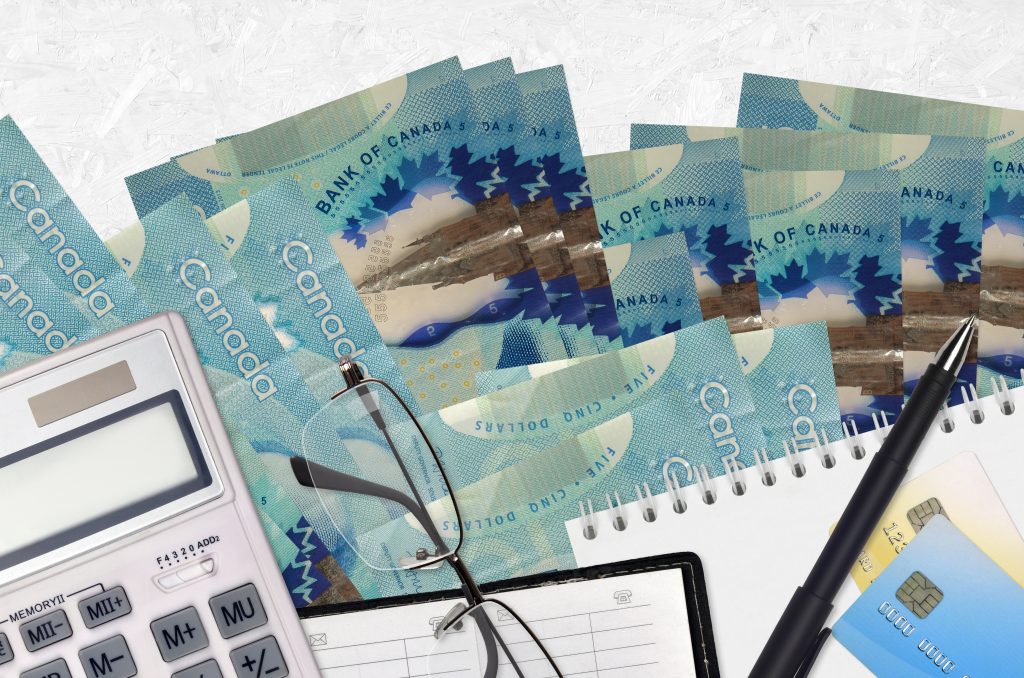Part 2 – Balancing my budget needs vs. wants

In my last blog post, I explained how I needed to review my income and expenses to get a complete picture of my finances. I tracked my income and expenses for a full month so I could see how much was coming in and how much was going out. Am I managing my money effectively? Am I over, under or operating on a balanced budget? Do I need to reduce spending or plan for a more effective use of savings? What exactly do I need to do to bring my budget into balance?
The next step is to subtract expenses from income. If the result is positive, it’s an indication that I am under budget and should have money left over. If the result is zero, I have a balanced budget with all expenses paid but no money left over. And, if the result is negative, I am spending too much money compared to my income, meaning I’m over budget.
In my case, my income ended up being lower than my expenses, which means I am over budget and need to look for ways to cut back on spending. If your analysis shows you that you should be under budget but in reality, you do not have any money left over at the end of the month, it is possible you missed tracking one or more of your expenses. Another explanation for this may be that some of your expenses may fluctuate from month to month. If this is the case, either take an average or budget for a higher amount every month.
Knowing where to cut back on spending isn’t always clear or easy. Determining which of your expenses are things that you NEED to spend money on, and which things are things you WANT to spend money on will help. Needs are things you must pay for, like rent, groceries or transportation costs to get you to work. Wants are things we do not need to survive like going out to restaurants, owning a car, or buying new and trendy clothes. Look back at your Expense Tracker and for each item you have listed, ask yourself if that expense is a want or a need. When creating your estimated budget for the next month, make sure your needs take priority over your wants. Wants can be funded with the money that is left over after paying for your needs.
The Spending and Income Trackers gave me information that will help estimate income and expenses for next month. To make my budget for the following month I’m using a Budget tool to help organize the information. There are many paper or electronic budgeting tools to choose from. Not everyone is successful with the same tool so try a few different options to find the one that works best for you.
To create my budget, I’ll need to know how much money I expect to receive next month, how much I think I will need for expenses, and what I will prioritize spending money on. I’ll go over that part in part three of four next time.
~ Jeff Patteson
Recognition Counts Loan Coordinator
SEED Winnipeg Inc.
For more information, visit seedwinnipeg.ca
Share this article



